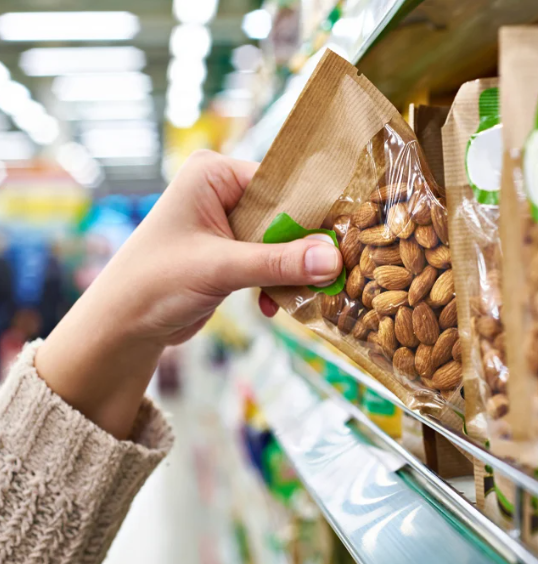Efficient food packaging is essential in the food industry, where the packaging process plays a critical role in product presentation, extending shelf life, and ensuring safety standards. However, outdated or inefficient packaging processes can create problems, slowing down operations, and increasing the risk of errors. By streamlining packaging, you can reduce waste, improve customer satisfaction, and optimize your workflow.
Here are six ways to enhance your food packaging efficiency.
1. Standardize Packaging Procedures
One of the best ways to speed up your packaging process is by standardizing your procedures. Develop a clear, repeatable process for preparing, filling, and sealing each product.
Ensure that your team members are trained on the steps involved and follow a checklist to maintain consistency. Standardized procedures reduce mistakes, minimize delays, and make training new staff more efficient. It also helps in identifying errors during quality checks, which is important if any issues arise that require a recall.
2. Upgrade Your Equipment
Old or manual equipment can slow down your production line and contribute to packaging mistakes. Consider investing in automated or semi-automated machinery to improve your workflow.
For example, a food tray sealer can drastically increase packing efficiency. These machines quickly and securely seal food trays, preserving the quality of the products while minimizing contamination risks. They are ideal for ready meals, fresh produce, and takeaway foods.
3. Select the Right Packaging Materials
Choosing the right packaging materials can make a big difference in both efficiency and sustainability. Using lightweight, pre-cut films or trays that are easy to handle can speed up the packing process and reduce material waste, which is especially beneficial if you’re focusing on sustainability.
Make sure the packaging you use is appropriately sized for your products. Overpackaging wastes both space and materials, so always tailor your packaging to fit your specific needs.
4. Optimize Packaging Sizes
Regularly review your packaging sizes to ensure that they are well-suited to your products. If containers or trays are too large, you risk wasting valuable space and materials.
By carefully assessing packaging sizes, you can store more products and reduce the amount of unused space in your containers. This helps with storage efficiency and allows you to deliver more products at once.
5. Provide Ongoing Training for Your Team
No matter how good your equipment and materials are, your team needs to be properly trained to handle them effectively. Regular training ensures that your staff is familiar with all the tools and equipment and knows the most efficient workflows to follow.
Training also ensures that everyone is on the same page, reducing errors and improving overall performance.
6. Cross-Train Your Employees
Cross-training your staff to handle various tasks, from operating different machines to performing quality checks and labeling, can make your operation more flexible.
Cross-training minimizes downtime during busy periods or employee absences, as staff can easily step in to fill multiple roles. This adds flexibility to your team and improves overall efficiency.
Conclusion
Improving your food packaging efficiency doesn’t require completely overhauling your current processes. Instead, focus on evaluating your existing systems, upgrading where necessary, and ensuring your team has the proper training and resources. Small adjustments can lead to significant improvements, reducing waste and boosting productivity in the long run.


